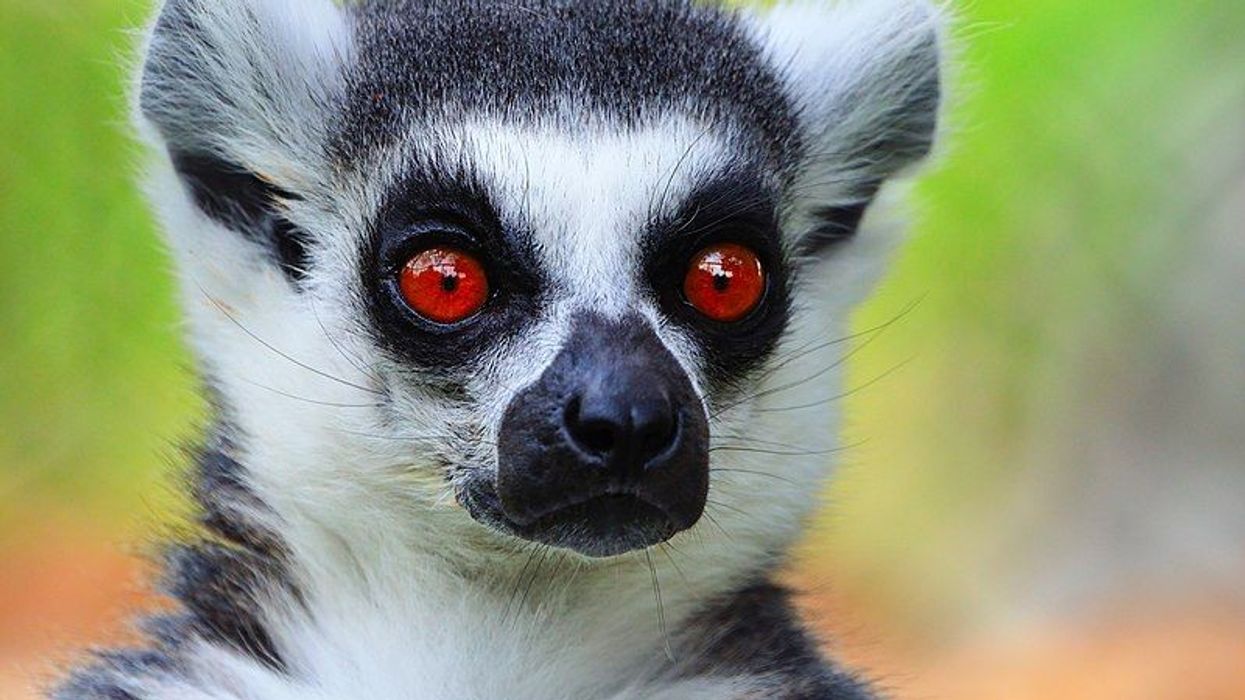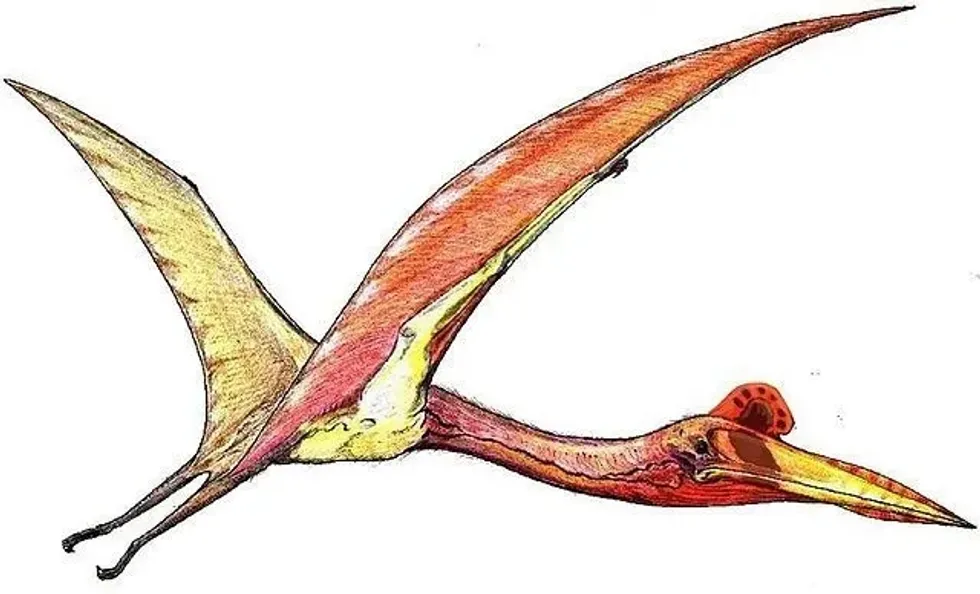The majestic Mexican parrotlet (forpus cyanopygius), also called the turquoise rumped parrotlet or Mexican blue-rumped parrotlet is a parrotlet species that is endemic to Mexico. They are cute, calm, and colorful parrotlets that are quite reserved and do not make as much noise, which is a misconception about all parrot species.
If you enjoyed reading about the Mexican parrotlet (forpus cyanopygius), you might also want to consider reading some facts about eastern kingbird facts and hyacinth macaw facts.
Mexican Parrotlet Interesting Facts
What type of animal is a Mexican parrotlet?
The Mexican parrotlet, also known as the turquoise rumped or blue rumped parrotlet is a species of bird. There are two subspecies of this parrotlet: the nominate species Mexican parrotlet (forpus cyanopygius) and the Insularis subspecies, Greyson's parrotlet or tres Marias parrotlet.
This should not be confused with the green rumped parrotlet or blue-winged parrotlet, which is a more common species found in different parts of the world.
What class of animal does a Mexican parrotlet belong to?
The Mexican parrotlet (forpus cyanopygius) is a species of bird under the class of Aves.
How many Mexican parrotlets are there in the world?
There should be more or less 50,000 Mexican parrotlets and Greyson's or tres marias parrotlets combined all over Mexico. However, that number is quickly decreasing due to the threat humanity poses to the birds.
This is because the species live in the range of the illegal pet trade in Mexico, where more or less 8,000 of them are illegally captured each year.
Where does a Mexican parrotlet live?
These wild birds like to be where their food is. And since they live on a diet of seeds, berries, and ficus fruits, they can commonly be found in areas with heavy vegetation like tropical scrublands, grasslands, forests, plantations, and woodlands.
What is a Mexican parrotlet's habitat?
Mexican parrotlets thrive best in a habitat filled with scattered trees and bushes, as these areas are abundant in natural sources of food like seeds and fruits.
Who do Mexican parrotlets live with?
Mexican parrotlets are a highly social breed of bird. They usually stick together as a flock or family, and the number of birds in one family or flock can range from 4 to 50 birds.
They have relatively tight formations while flying, and they usually do this when foraging for food. Because they are such colorful creatures, you can only imagine how magnificent it would look seeing a big flock of this green and yellow parrotlet species in the sky.
How long does a Mexican parrotlet live?
For such tiny species, these wild birds live quite long. In the wild, their average life span ranges from 20-25 years. But of course, like all species, their life span varies on their overall diet and conditions.
How do they reproduce?
Just like most birds and parrot species, the Mexican parrotlets practice recreational mating and reproduce by laying eggs during an annual breeding season. They typically lay a small clutch of three eggs that are white in color.
The incubation period for these eggs is around 19 days. They like to the breeding in pairs and nest in cacti. Fledging lasts from four to five weeks and the chocks are fed non-stop for up to four weeks, even after they leave their nest.
The breeding season for these beautiful parrotlets is from the months of May to July.
What is their conservation status?
According to the IUCN Red List, their conservation status is Near Threatened. The biggest threat to the Mexican parrotlet is humans who illegally capture at least 8,000 parrotlets a year for Mexico's illegal pet trade. The parrotlets in captivity rely on human conducted breeding programs to reproduce.
Mexican Parrotlet Fun Facts
What do Mexican parrotlets look like?

The Mexican parrotlet (Forpus cyanopyguis) exhibits sexual dimorphism, which means males and females may differ in physical characteristics over time. Usually, these features become more prominent in adults.
Females generally have a natural vibrant yellow or green color all over their body, wing feathers, coverts and tail, brown eyes, peach beaks, and zygodactyly feet where two toes face forward, and the other two face backward.
Males have light turquoise feathers on the edges of their wing feathers, rump, coverts, tail, and body, as well as a fainter shade of turquoise feathers around the head and eyes.
Juveniles look like adults, but younger males exhibit a mixture of green and blue wing feathers and coverts.
On the other hand, the tres Marias, or the Insularis, subspecies generally exhibit darker green colors and rump compared to their nominate species.
The female Insularis have a darker green rump, wing feathers, coverts, and also a darker tail than the males.
They look quite similar to the green rumped parrotlet which is common in parts of tropical South America and the Caribbean.
How cute are they?
Mexican parrotlets are the ultimate definition of cute! They are small, colorful, and like to take flight in flocks. Imagine a flock of 40 green and bluebirds in the sky.
How do they communicate?
Like most species of parrot, they communicate through sound. They may distinct sounds, tweets, calls, and chirps for different behavior. You will usually hear different calls for flight, feeding, mating, or socializing. These sounds are natural and unique to their species.
How big is a Mexican parrotlet?
The Mexican parrotlet is quite tiny with a length of 5 in (13 cm). They are around the same size and length as most common bat species.
How fast can a Mexican parrotlet fly?
Although there is no exact recorded speed specifically for these pocket parrots, the typical parrot can fly with a speed range of 40 to 50 mph. Because they are smaller than the typical parrot, they could probably fly much faster.
How much does a Mexican parrotlet weigh?
The Mexican parrotlet is quite light. They weigh only 1 oz (30 g).
What are the male and female names of the species?
There are no specific differences in the names for both the male and female Mexican parrotlet. However, they differ in physical characteristics such as color and behavior. Juveniles are a mixture of blue and green, the male Mexican parrotlet turquoise and blue, while females exhibit a darker shade of green.
What would you call a baby Mexican parrotlet?
There is no specific name for a baby Mexican parrotlet, they are just called chicks.
What do they eat?
These birds live on a diet of seeds, grass seeds, ficus fruits, and berries, which are abundant in the wild. However, those who are captured and sold as pets will most likely switch to a more domesticated diet such as bird food sold in pet shops.
Are they poisonous?
No species of bird is known to produce venom or inject poison to humans, and the Mexican Parrotlet is no different. Although, some birds acquire certain toxins from certain plants and insects they feed on, and these can be used to protect themselves from deadlier predators.
Would they make a good pet?
If you do not take into account the fact that they are wild birds and illegal to keep as a pet, Mexican parrotlets would make good for a good pet because of their size, color, and non-aggressive, sociable temperament.
Did you know...
There are no known species of parrot that breed in North America except the once abundant Carolina parakeet (Conuropsis carolinensis) which went extinct in the 1920s. If you are looking for colorful parrot and parrotlet species of red, blue, yellow, and green, you will most likely find them in tropical regions like Mexico, South America, and the Caribbean.
Do Mexican parrotlets migrate?
The Mexican parrotlets are non-migratory birds, so do not expect them to be seen far from where most of their species reside. The Mexican parrotlets can be found from southern Sinaloa, Western Durango t0 Colima, and the Tres Marias Islands.
These wild birds can only be found in Mexico and no sightings of them have been seen anywhere else in the world.
On the rare occasions that their species do migrate, it is solely for the purpose of finding food.
What's the difference between a Mexican parrotlet and a parrot?
Parrotlets in general are tiny versions of parrots. Some people even call them "pocket parrots".
This makes them a popular choice of pet, although having a parrotlet species as a pet is illegal in most places in the world, including Mexico as they are considered to be wild species. Aside from its size, the difference between Mexican parrotlets and regular parrots is that Mexican parrotlets are not as loud as your usual parrots.
Here at Kidadl, we have carefully created lots of interesting family-friendly animal facts for everyone to discover! Learn more about some other birds from our Nicobar pigeon facts and carrion crow facts pages.
You can even occupy yourself at home by coloring in one of our free printable Mexican parrotlet coloring pages.









